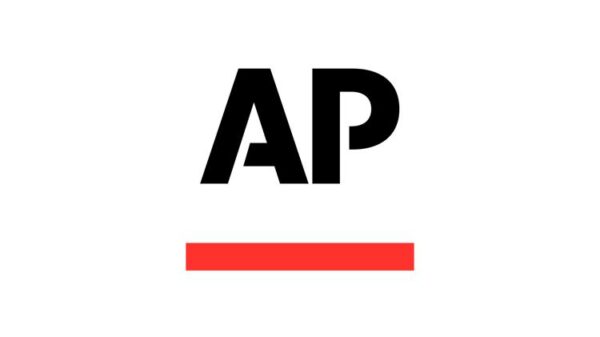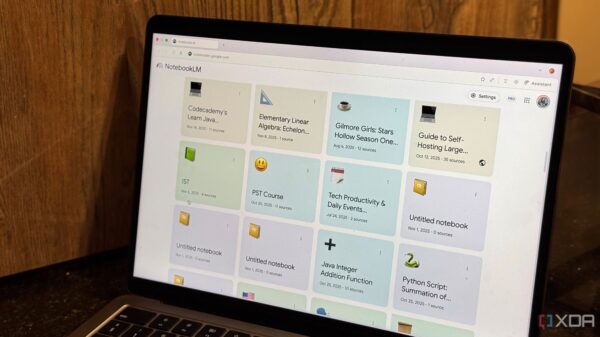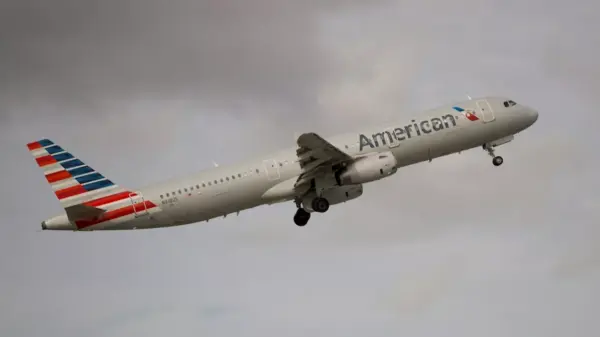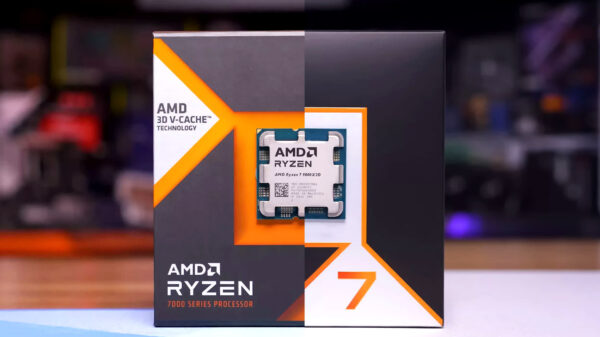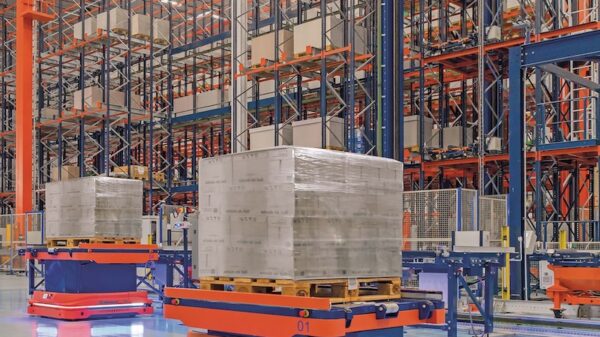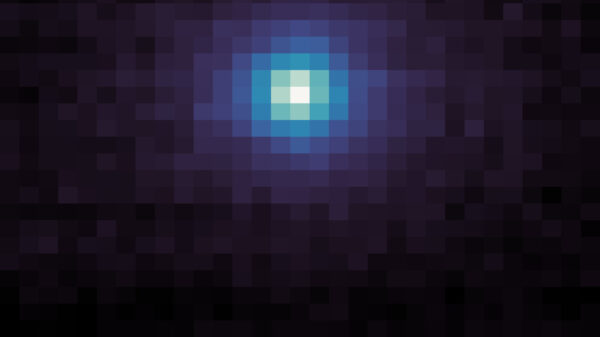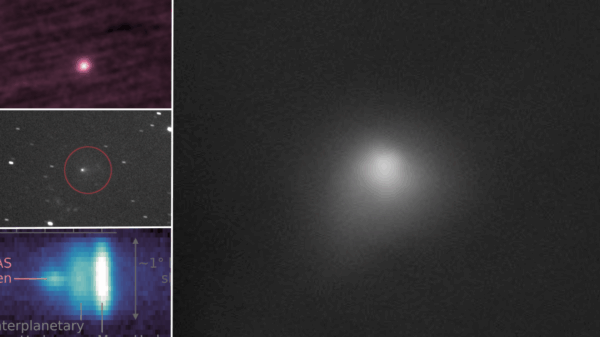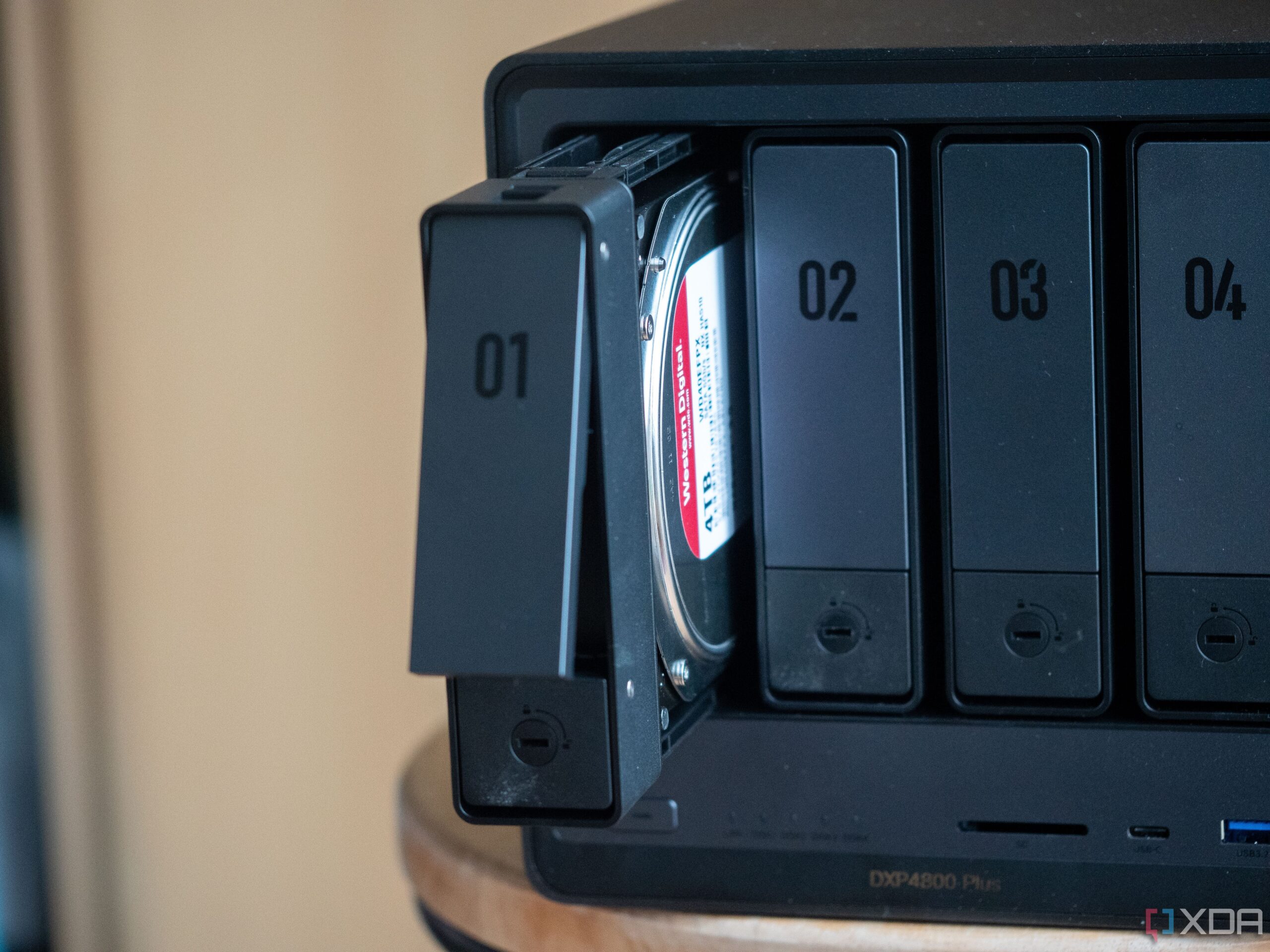New reports confirm that while Remote Direct Memory Access (RDMA) promises lightning-fast file transfers from Network Attached Storage (NAS) devices, the setup costs and complexity may deter average users. With prices for RDMA-compatible NAS systems starting at around $2,800, many are questioning whether the technology is worth the investment.
As of October 20, 2023, RDMA offers transfer speeds significantly surpassing traditional methods like SMB and NFS, yet the requirement for specialized hardware and a robust network setup makes it less appealing for everyday use. Users must have RDMA-capable network cards in both the NAS and the computer, along with a managed network switch that supports RDMA over Converged Ethernet (RoCE v2).
The reality is that RDMA isn’t as simple as flipping a switch—it requires a comprehensive ecosystem where hardware, software, and networking all work in sync. Most consumer-grade NAS devices do not support RDMA natively, necessitating additional investments such as PCIe RDMA-capable NIC expansion cards and enterprise-grade NAS units. This is a significant consideration for users who may only require standard file-sharing capabilities.
Experts highlight that the high costs associated with RDMA technology can be a major deterrent. For instance, an enterprise-level NAS equipped for RDMA can exceed $2,800, not including the necessary NVMe drives for optimal performance. Moreover, users may need to invest further in managed switches and the appropriate cabling, increasing the total expenditure significantly.
Setting up RDMA is not a plug-and-play experience. Users are faced with complex installation processes, especially on home networks. Although some advanced NAS devices from manufacturers like QNAP, Synology, Dell, and NetApp feature RDMA support, this functionality is often limited to premium models, leaving many consumers without options.
Notably, the potential for bottlenecks exists, as RDMA cannot compensate for the slower speeds of HDDs or SATA SSDs. To truly benefit from RDMA, users must invest in NVMe drives and ensure that their network configuration is meticulously tuned. Misconfigurations can lead to file corruption, adding another layer of risk and complexity.
Furthermore, effective management of packet drops and network congestion is crucial. RDMA does not retransmit dropped packets, making it essential for users to configure their network switch to detect and manage congestion. This level of sophistication is typically found in enterprise-level products, further distancing average consumers from reaping the benefits of RDMA.
As the demand for faster data transfer grows, RDMA may seem like an attractive solution, but the costs involved and the technical know-how required suggest that it may only suit a niche audience engaged in high-performance workloads, such as 4K-8K video editing or scientific data analysis.
For the average user, RDMA might be overkill. Unless one is involved in substantial file transfers requiring high-speed capabilities, traditional file-sharing methods remain viable and far more cost-effective.
In summary, while the technology behind RDMA is impressive, the hurdles it presents—including high costs and complex setup—may lead many to stick with established file-sharing protocols. As we look forward, consumers must weigh the benefits against the substantial investment required to harness RDMA’s speed.







